Canines
Measuring for a Traditional dog collar
Where to measure, how much slack, and what you will you get when you place your order.
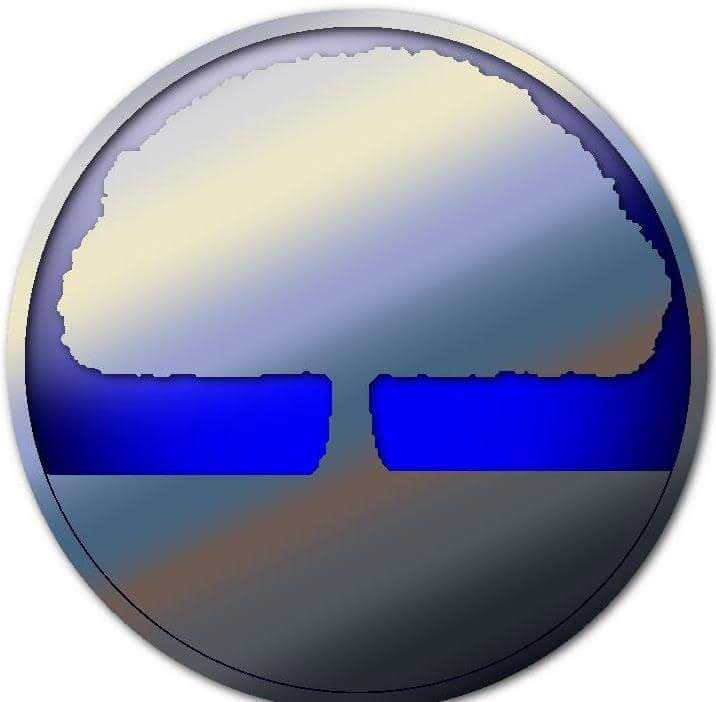
Canines
Where to measure, how much slack, and what you will you get when you place your order.
Canine
Slightly different as the size needs to be bigger.
Human
Not that bad but please don't use your trouser size.
Canines
Now the fun starts. Bespoke or choose from a variety of standard sizes
Bushcraft
I will need a pattern to make your knife sheath bespoke for you. Don't cut yourself whilst doing this.
Equine
For a handmade, bespoke horse bridle I will need a lot of measurements.
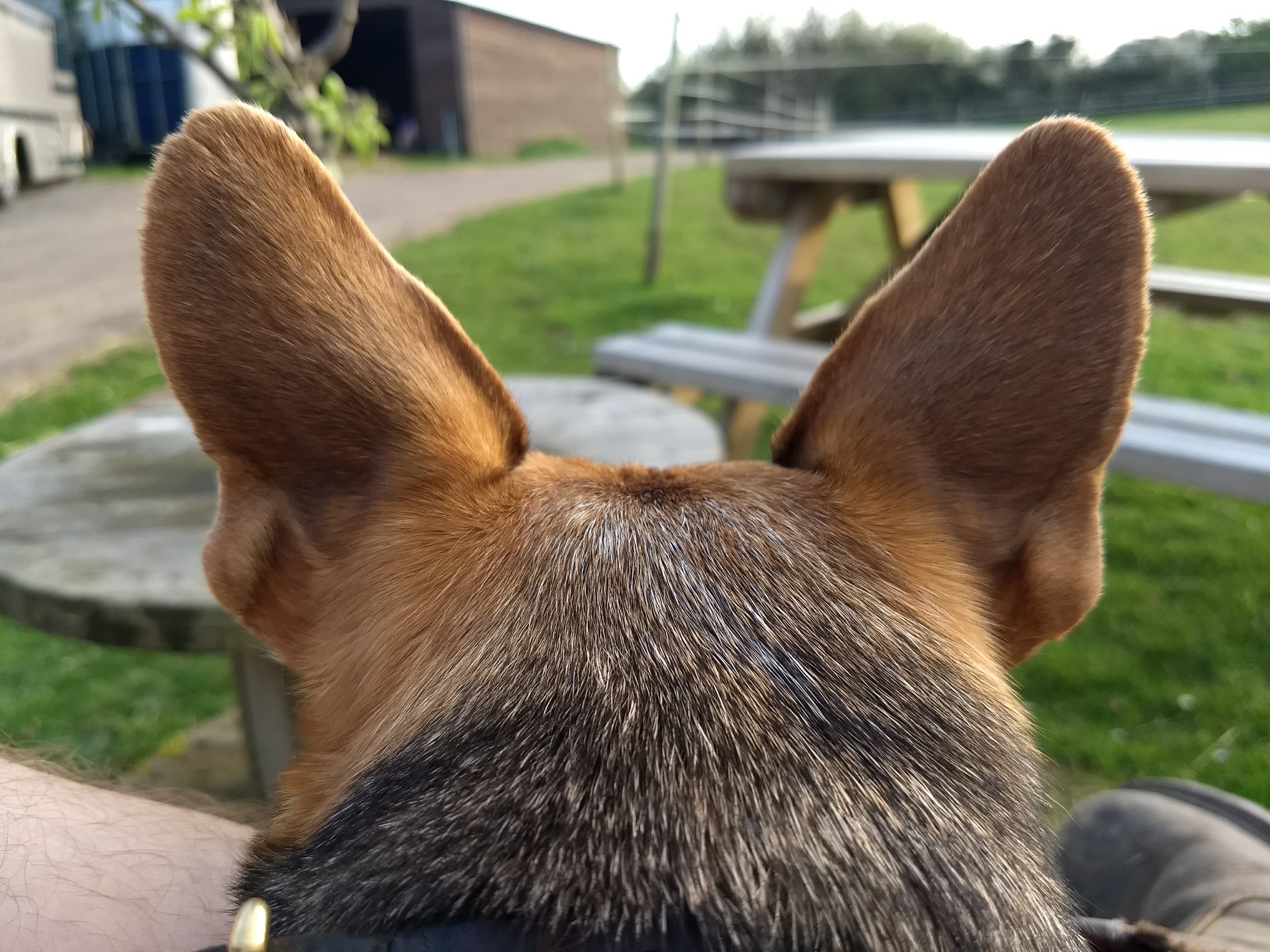
What you will need;
A fabric measuring tape
Your Dog!
Take your tape and measure around your dog's neck where you want the collar to sit. As a guide you should be able to place two fingers under the collar which will allow sufficient slack. Smaller dogs may need less, a big dog may need more.
This measurement will then be the length of the collar from the buckle return to the middle hole.
Another way is to measure the size from your dog's existing collar. Take the collar and lay it on a flat surface. You then need to take a measurement from the buckle return to the hole that you are using. I will then make this the measurement to the middle hole.
If your dog is really young I would recommend buying a cheap adjustable collar in the first instance. If they are older but not yet fully grown then let me know when you place your order and I can make the measurement to the first hole. This gives you four more holes to grow in to.
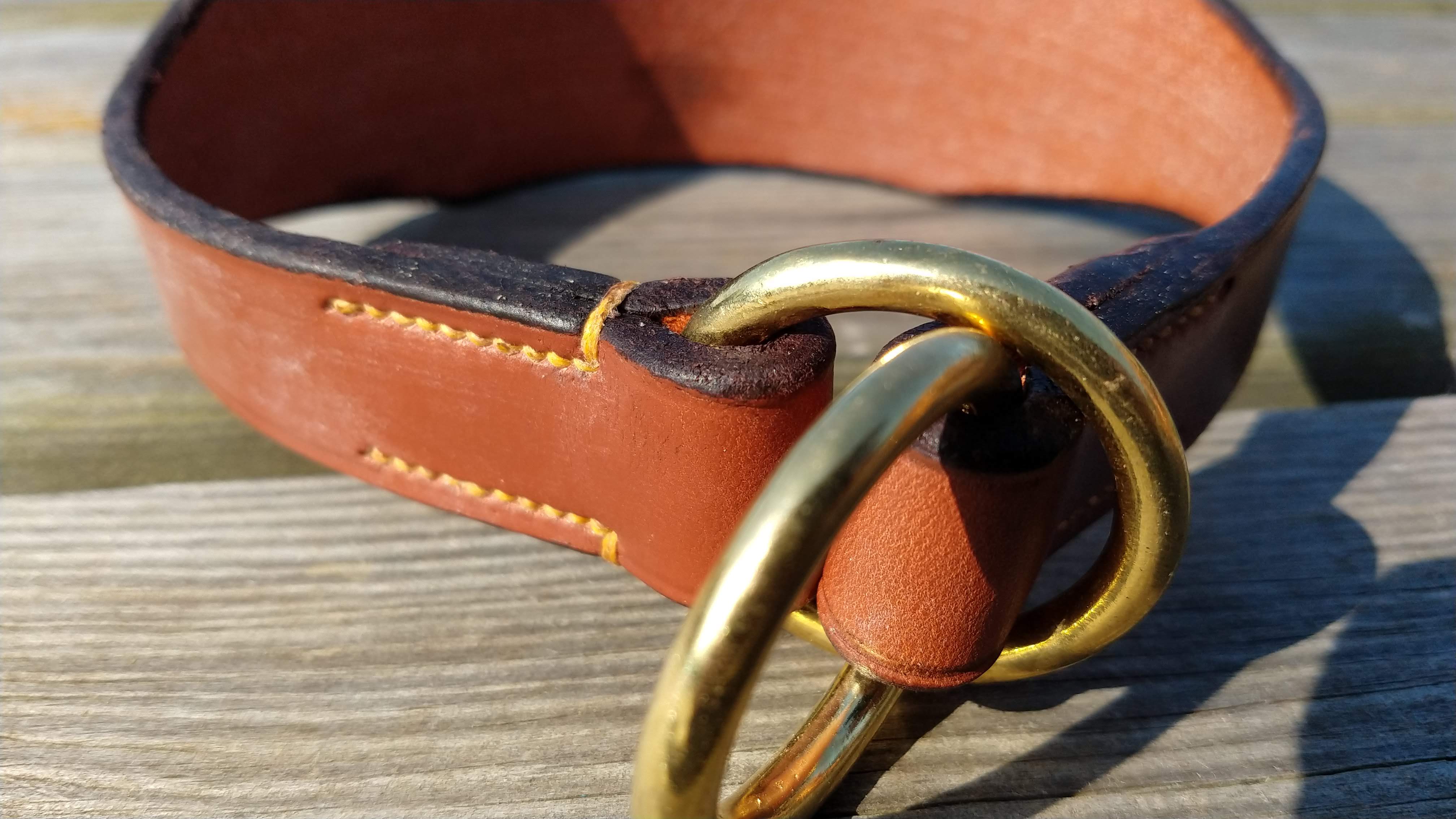
What you will need;
A fabric measuring tape
Your Dog - again!
Take your tape and measure around your dog's head at its widest part, usually around where their ears are. This will be the biggest size that these types of collars can be. You will want to leave a bit of slack. So place your fingers in there as well. two fingers side-by-side is good for mid-sized dogs. Again smaller dogs may need less and bigger dogs may need more. And don't forget to allow room for their ears to fit.
If you are going for a padded option then you will also need to allow a bit extra for the thickness of the padding on the inside of the dog collar.
This length will be the largest size that a fixed length dog collar will open up to. For a slip collar this will be the length from ring-to-ring. For a Martingale half check collar this will be with the chain opened up to its widest.
Don't forget to include your dog's ears in this measurement as the collar will need to fit over them as well. And please do not leave a young, growing dog with a fixed length collar on that will not come off as they get bigger.
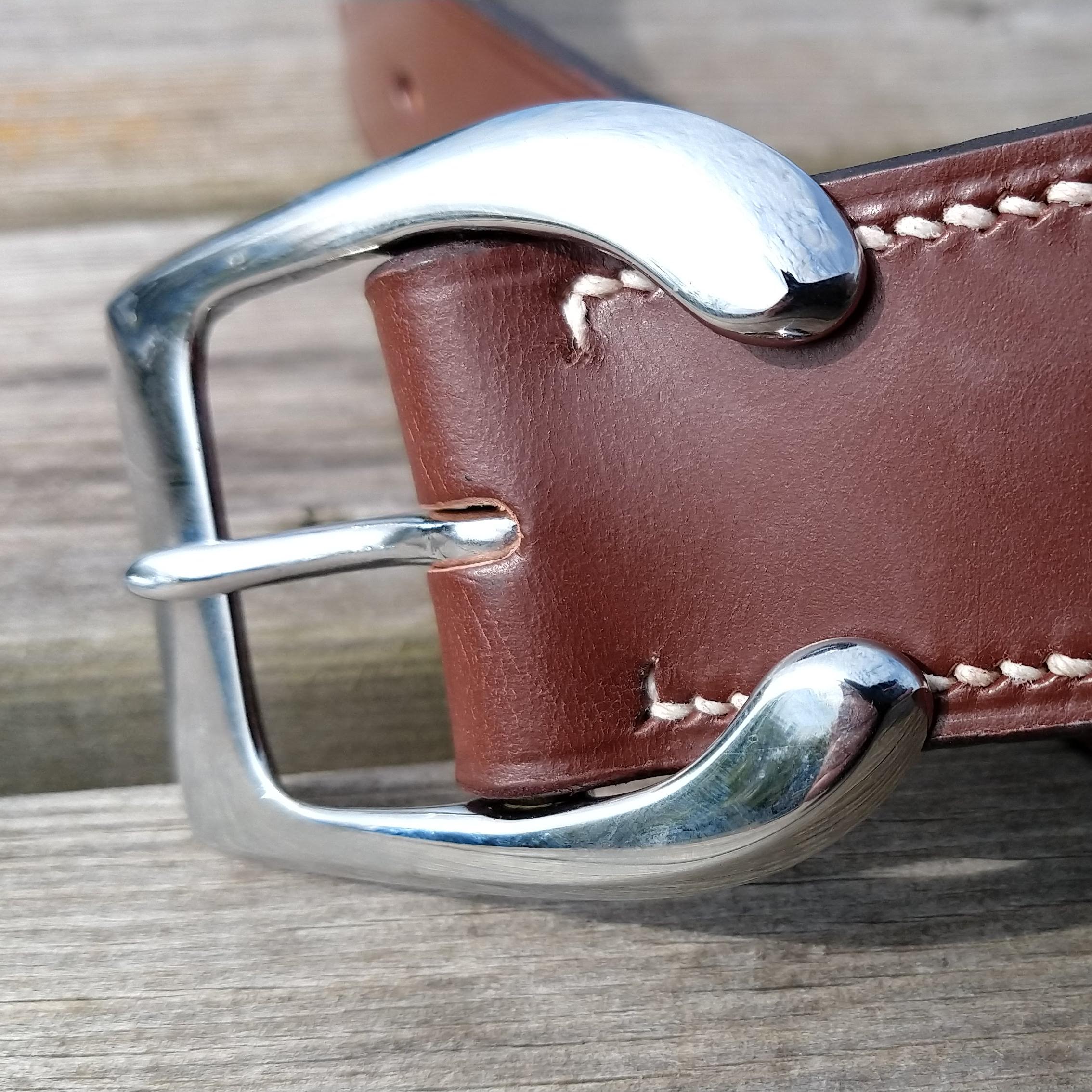
What you will need;
A fabric measuring tape
Your waist!
A belt that fits
There are a couple of ways that you can measure for your bespoke leather belt. Either from an existing belt or by measuring around your waist. Remember that your trouser size is not your waist size. If you give me your trouser size your belt will be too small.
From a belt measure from the inside of the buckle, about half way between where the belt attaches and the outside of the buckle, to the hole that you are using. That was easy wasn't it.
From your waist measure around your waist, over your trousers, and at the tightness that you require.
This measurement will be the length from the buckle to the middle hole on your bespoke leather belt.
Holes are usually spaced the width of the belt apart. Except when the belt is greater than 1 1/2 inches wide - that just looks wrong. Two holes either side of your measurement give you some room for adjustment.
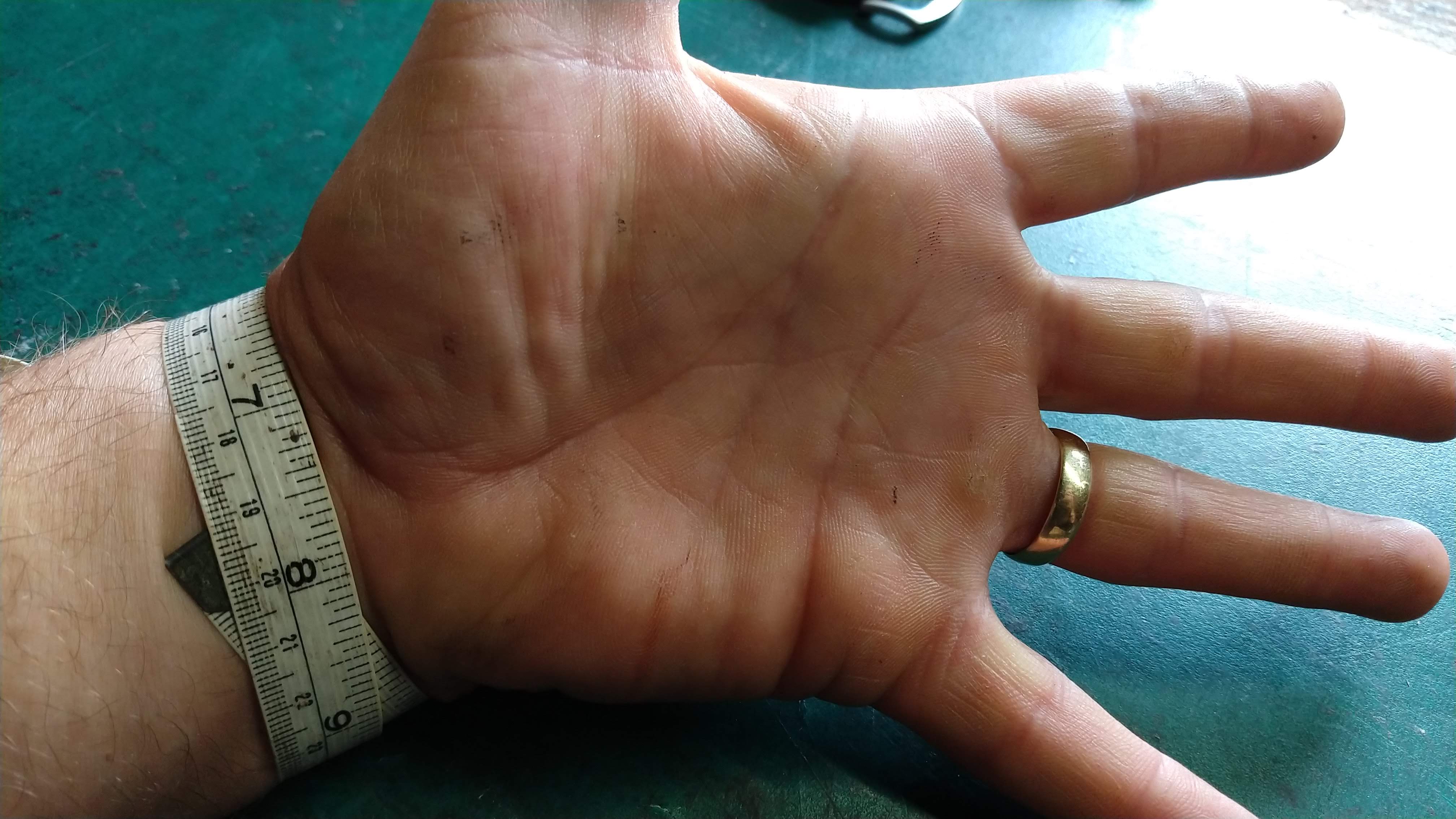
What you will need;
A fabric measuring tape
Your wrist!
Your watch
The first thing that you need to measure is the width of watch strap that you require. Measure between the lugs across the width of the strap.
The next measurement will be the length.
From an existing watch strap. Lay your watch and strap flat on a table. You then want to measure from the end of the strap where it meets the buckle across to the hole that you are using.
If you are measuring from your wrist this gets really complicated! Take the fabric tape and measure around your wrist where your watch would normally sit. And there you have it. i told you that it was complicated! If you have a size of 50 inches or more then try turning the tape around and measure from the other end. This is your wrist size.
Actually that is not quite right. Try grabbing hold of your wrist with your other hand. Now make a fist, feel that? Now stretch your fingers out and really splay them apart. Feel your wrist getting bigger? This is your proper wrist size. You can try flexing your wrist backwards as well.
So now you have your wrist size. But hang on. Take a look at your watch on your wrist. Notice how it doesn't actually sit flat against your wrist? you need to allow for this so go ahead and add another 10mm to your wrist size.
You could double check this by measuring both and really confuse yourself!
The next thing that you need to measure is the actual size of your watch. Measure between the lugs across the watch face from pin-to-pin.
To get your size you have a couple of options. You can use your wrist measurement as above and go for a generic strap by selecting a head size of 40mm and picking a best fit from my standard sizes. Or why not go bespoke and leave a note in the comments with your measurements.
Don't forget that your wrist changes size during the day and that in leather work a few millimetres difference in punching holes can make a big difference to a watch strap. Likewise the thickness of the leather can also play a part but we can only try!
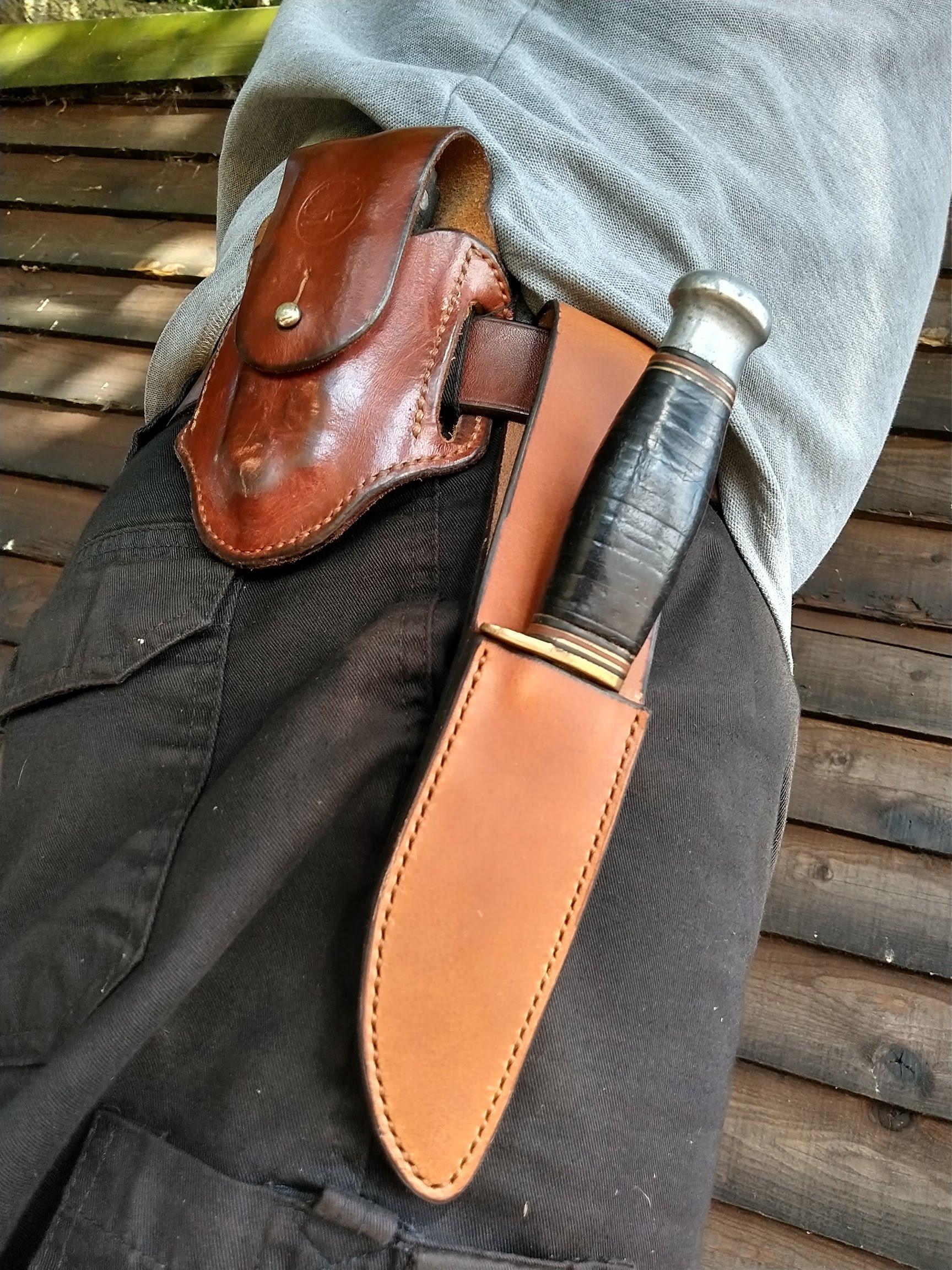
I will need a pattern to make your bespoke leather knife sheath.
SAFETY FIRST - DON'T CUT YOURSELF!
If the blade isn't as blunt as it can be please be careful. Put some tape over any sharp edges if you can.
I will need an outline template of your knife and its blade. You can check out how to do this here.
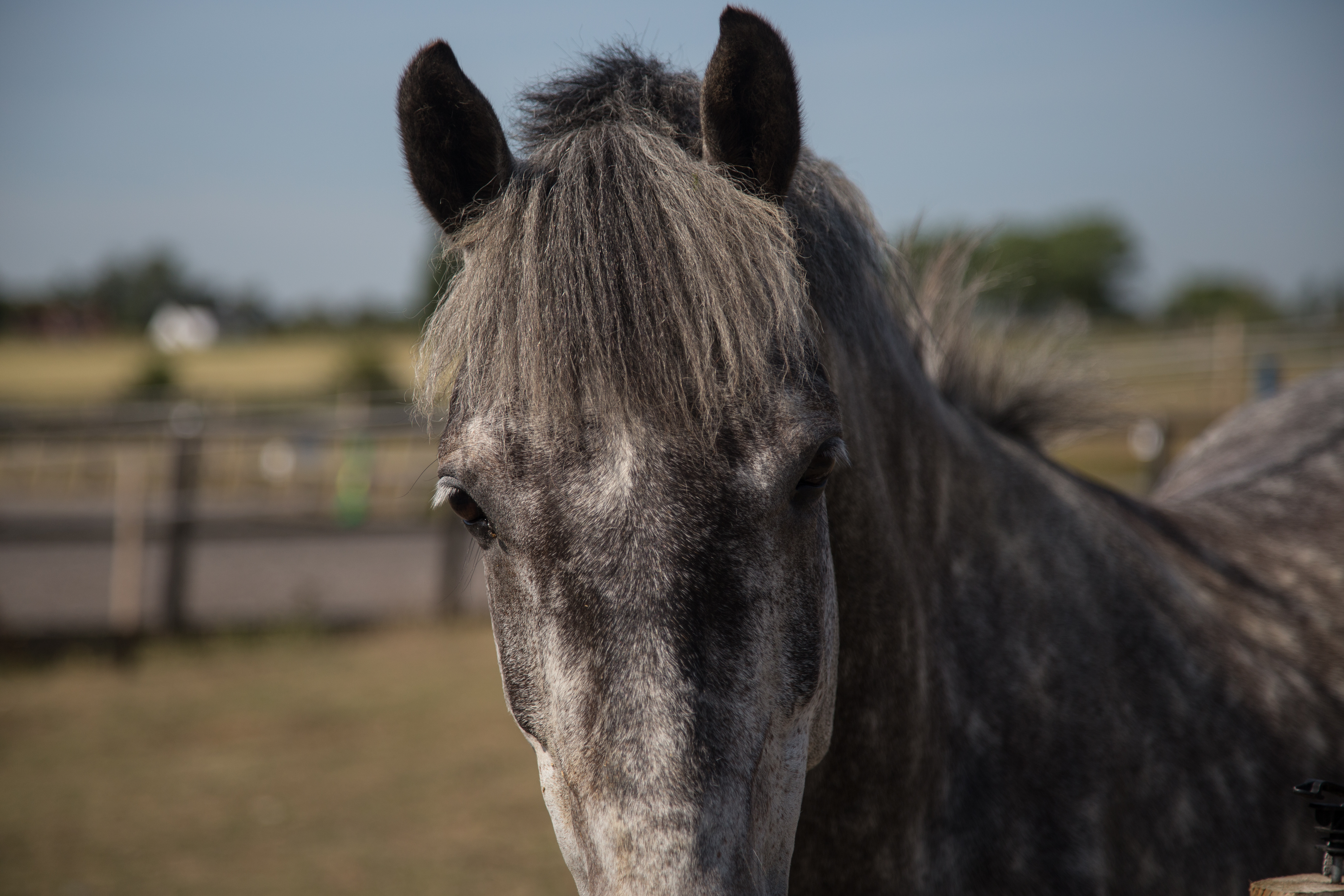
Now this is a lot more complicated than measuring a belt!
You can take your measurements from an existing bridle, measure directly from your horse, or a combination of the two.